Search Images
Browse Content (p. 165)
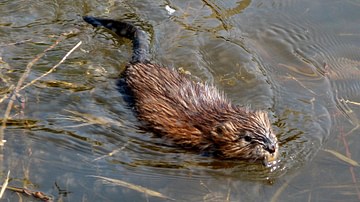
Image
North American Muskrat
Muskrat swimming in the Rideau River, Ottawa, Ontario. Photograph by D. Gordon E. Robertson.
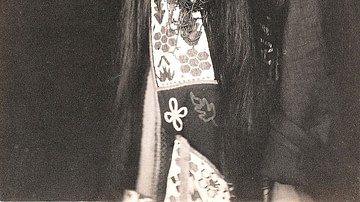
Image
Zitkála-Šá in 1898
Yankton Sioux activist and writer Zitkála-Šá (l. 1876-1938), photographed by Gertrude Käsebier in 1898.
National Museum of American History, Washington D.C.
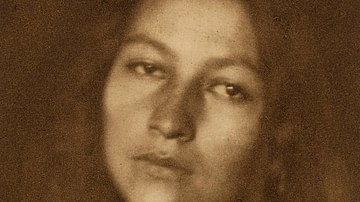
Image
Sioux Writer and Activist Zitkála-Šá
Yankton Dakota Sioux writer and activist Zitkála-Šá (l. 1876-1938), photo by Joseph Turner Keiley in 1898.
National Portrait Gallery, Smithsonian Institution, Washington D.C.
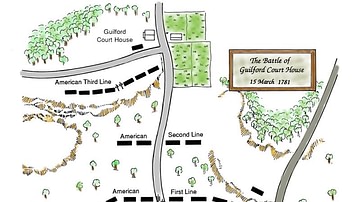
Image
Battle of Guilford Court House, Battle Map
Map depicting the Battle of Guilford Court House (15 March 1781) by Richard Harvey, 2006.
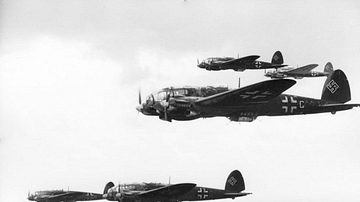
Image
Formation of He 111s
A c. 1940 photograph showing a formation of Luftwaffe Heinkel He 111 bomber planes during the Second World War (1939-45). (German Federal Archives)

Image
He 111 Bomber over London
A Luftwaffe He 111 bomber flying over Wapping, London during the London Blitz. Photograph taken from another German aircraft on 7 September 1940. (Australian War Memorial)

Image
The Dowding System of WWII - How Radar, Intelligence, and Coordination Foiled the Luftwaffe and Won the Battle of Britain
This infographic illustrates the Dowding System, Britain’s groundbreaking air defense network that played a critical role in winning the Battle of Britain during World War II. Designed by Air Chief Marshal Hugh Dowding (1882–1970), it was...
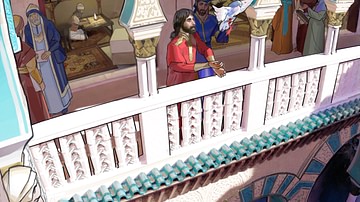
Image
Umayyad Courtyard
Artist's impression of a courtyard during the period of the Umayyad Caliphate. Created by Amplitude Studios for the video game Humankind.
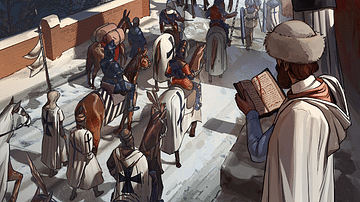
Image
Castle of the Teutonic Order
Artist's impression of a castle of the Teutonic Order. Created by Amplitude Studios for the video game Humankind.
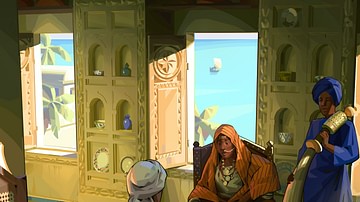
Image
Swahili Merchants
Artist's impression of the house of a rich Swahili merchant whose trade along the Swahili Coast brought wealth to the family. Created by Amplitude Studios for the video game Humankind.